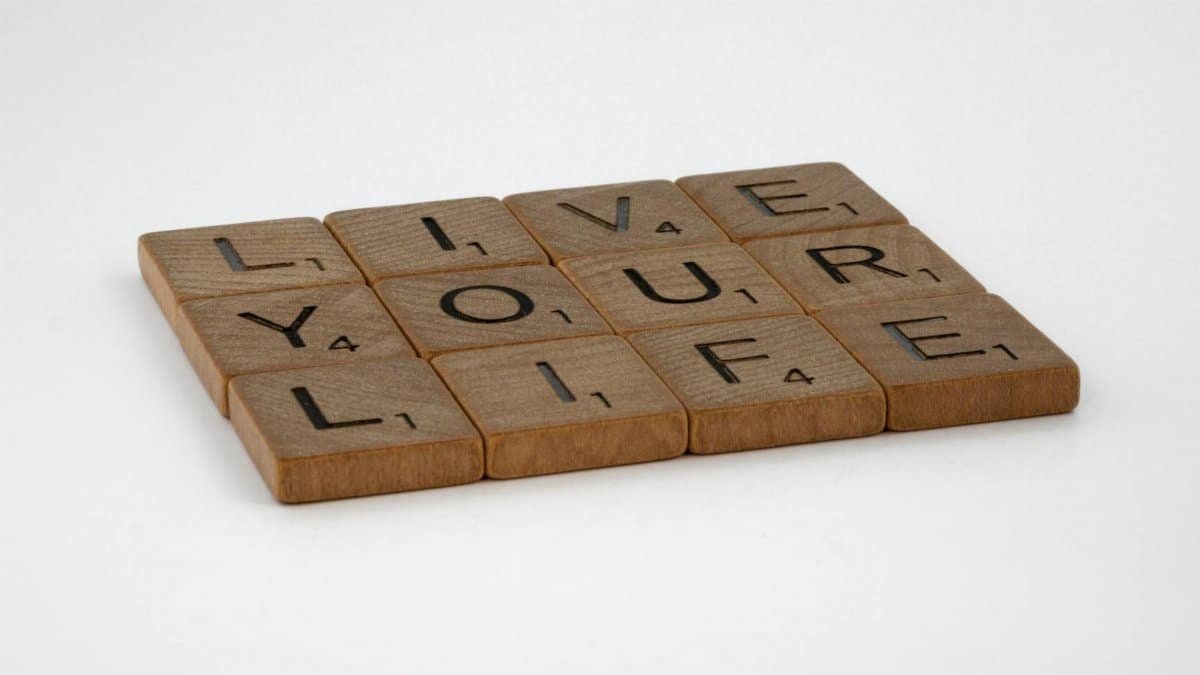In a world flooded with filtered Instagram feeds and curated TikTok lives, millions find themselves trapped in comparison traps. New data from a Pew Research Center survey reveals that 69% of U.S. adults admit to comparing their own lives to others online, even when they recognize it’s all smoke and mirrors. This habit isn’t just annoying—it’s eroding mental health across the board. Enter healing mindfulness, a practice blending awareness and self-compassion to break free from these illusions. As experts note, it’s gaining traction as a real antidote in 2025, helping people reclaim their peace amid digital noise.
The Roots of Social Comparison

Humans have always measured themselves against others, but social media supercharges it. Psychologists trace this back to evolutionary instincts, where survival depended on group status. Today, it’s less about hunting skills and more about likes and followers. A study from the American Psychological Association highlights how constant exposure to idealized images triggers envy and dissatisfaction. People know these portrayals are edited, yet the brain’s wiring makes resistance tough. This disconnect fuels anxiety, with many reporting lower self-esteem after scrolling sessions.
Why We Do It Despite Knowing Better
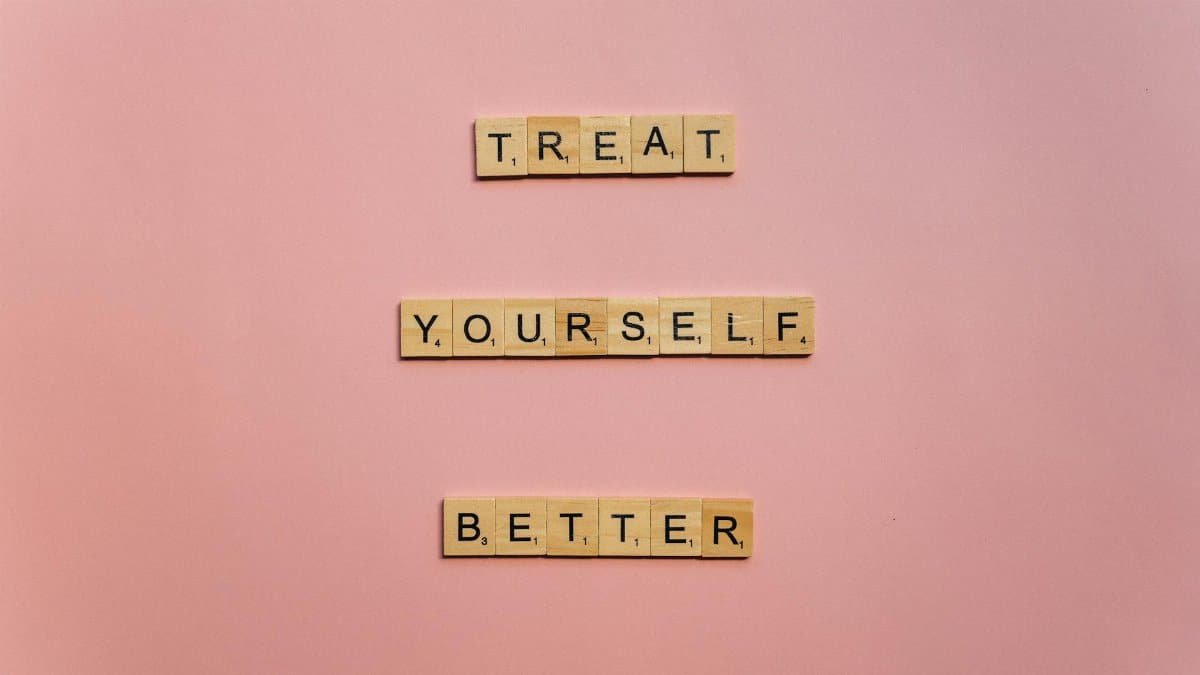
Logic tells us online lives are highlight reels, not reality. Still, we compare. Experts point to cognitive biases like the availability heuristic, where vivid examples overshadow facts. A report from Harvard’s School of Public Health explains that dopamine hits from social media keep users hooked, even as they acknowledge the fakery. In 2025, with remote work blurring boundaries, this cycle intensifies. It’s not weakness—it’s biology meeting technology in a perfect storm of self-doubt.
The Mental Health Toll
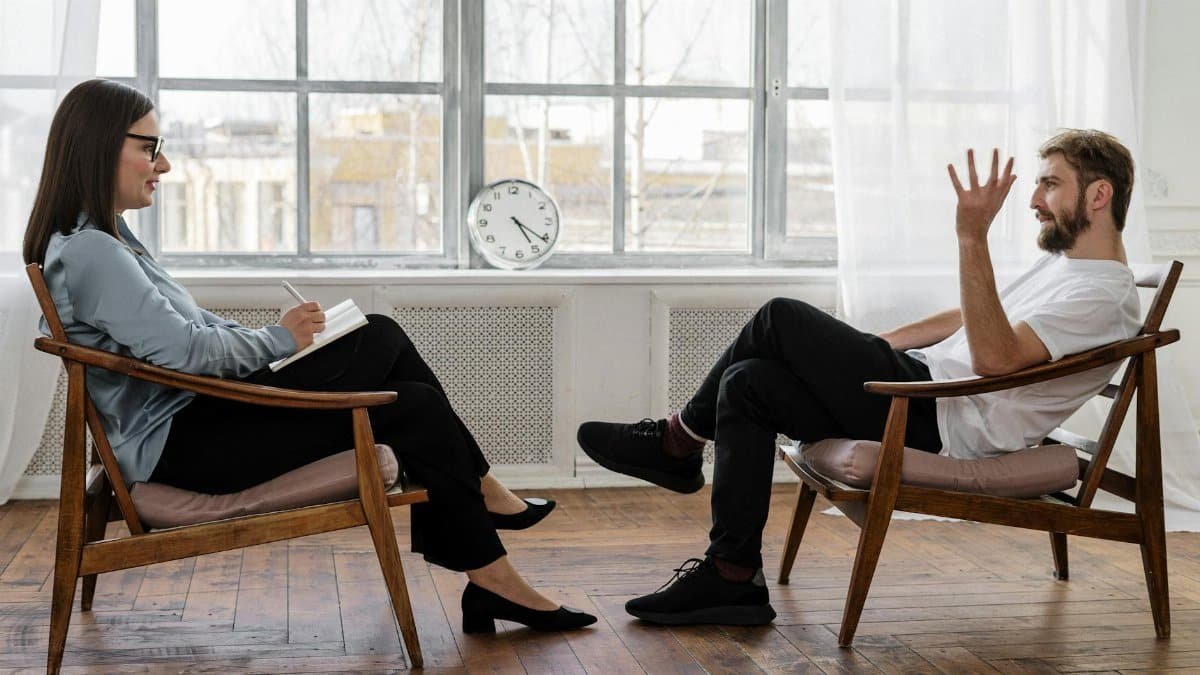
Constant comparison isn’t harmless. It links to rising rates of depression and anxiety, especially among young adults. The National Institute of Mental Health reports a 25% spike in related disorders since the pandemic. Users feel inadequate, chasing unattainable standards that erode joy. Real stories abound: professionals quitting jobs after seeing peers’ “dream lives” online, only to realize the grass wasn’t greener. This toll underscores the need for interventions that address the root cause.
Introducing Healing Mindfulness

Healing mindfulness steps in as a powerful tool to counteract comparison. It combines traditional mindfulness—focusing on the present—with healing elements like self-forgiveness and emotional processing. Practitioners learn to observe thoughts without judgment, recognizing comparison as a fleeting impulse. Unlike quick fixes, it builds resilience over time. Apps and workshops are popping up nationwide, making it accessible for busy Americans seeking balance.
Practical Techniques to Start
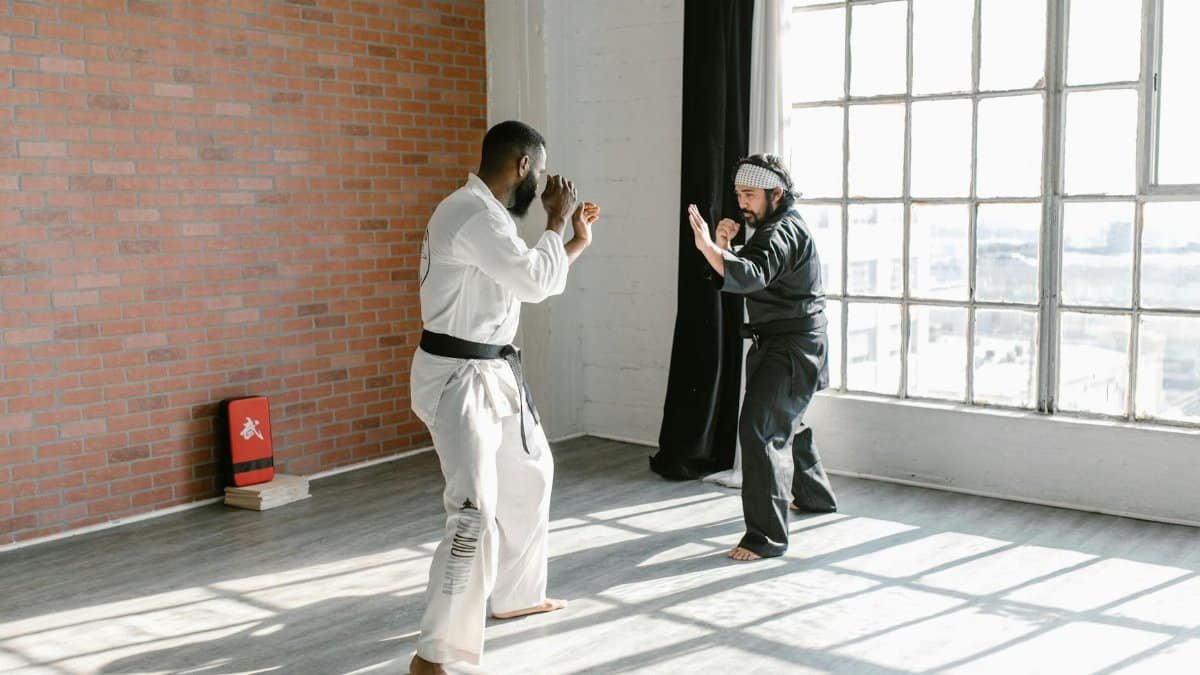
Getting into healing mindfulness doesn’t require a retreat. Begin with daily breathwork: inhale for four counts, hold, exhale. Pair it with journaling to unpack comparison triggers. Experts recommend apps like Headspace, which offer guided sessions tailored to social media stress. A study in the Journal of Clinical Psychology found participants reduced envy by 40% after consistent practice. Integrate it into routines, like a five-minute pause before logging on.
Real-World Impacts and Stories

Across the U.S., healing mindfulness is transforming lives. Take tech worker Mike from Seattle, who ditched endless scrolling after mindfulness training. “It helped me see my worth isn’t tied to others’ posts,” he shared. Clinics report similar successes, with group sessions fostering community over competition. In corporate settings, companies like Google incorporate it into wellness programs, citing improved employee satisfaction. These anecdotes reflect broader trends, backed by data showing decreased stress levels.
Challenges in Adoption
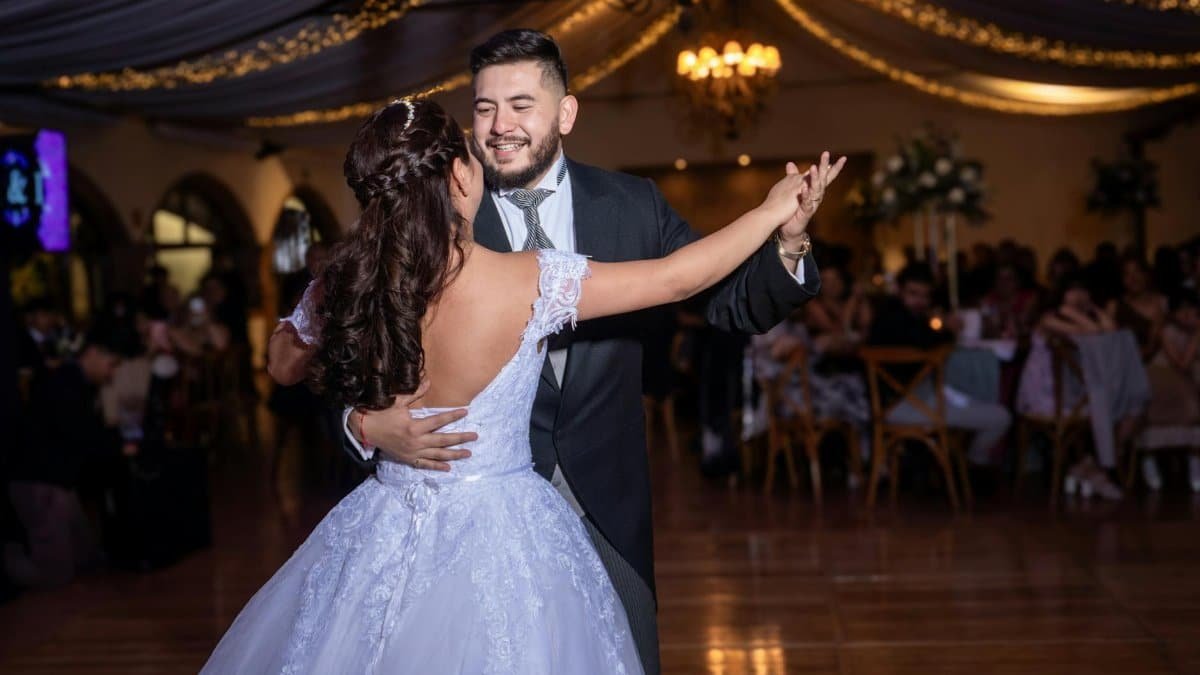
Not everyone jumps on board easily. Skeptics dismiss healing mindfulness as woo-woo, while busy schedules deter practice. Cultural emphasis on achievement can make pausing feel counterproductive. Yet, research from the American Psychological Association’s Mindfulness Resources counters this, proving even short sessions yield benefits. Overcoming inertia requires starting small and tracking progress to build momentum.
Expert Insights on Long-Term Benefits
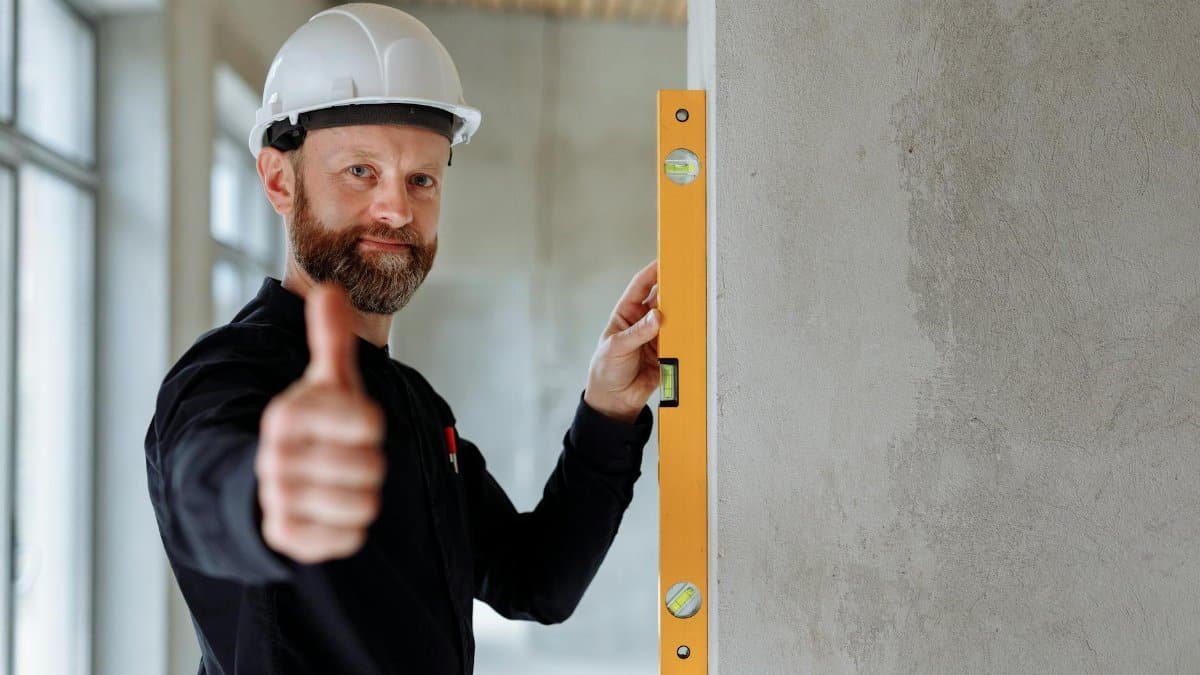
Therapists rave about healing mindfulness’s role in rewiring habits. Dr. Elena Rodriguez, a New York-based psychologist, notes, “It shifts focus from external validation to internal peace.” Studies support this: a longitudinal review by the National Center for Biotechnology Information links regular practice to sustained improvements in emotional regulation. In 2025, with mental health crises ongoing, it’s positioned as a frontline defense against comparison culture.
Integrating It Into Daily Life

Make healing mindfulness a habit by tying it to existing routines. Morning coffee? Add a gratitude scan. Evening wind-down? Reflect on the day’s wins, not others’. Community groups amplify effects, providing accountability without judgment. As U.S. trends show increasing adoption, from schools to senior centers, it’s clear this approach resonates. The key is consistency, turning awareness into a shield against unreal comparisons.
Moving Beyond the Illusion
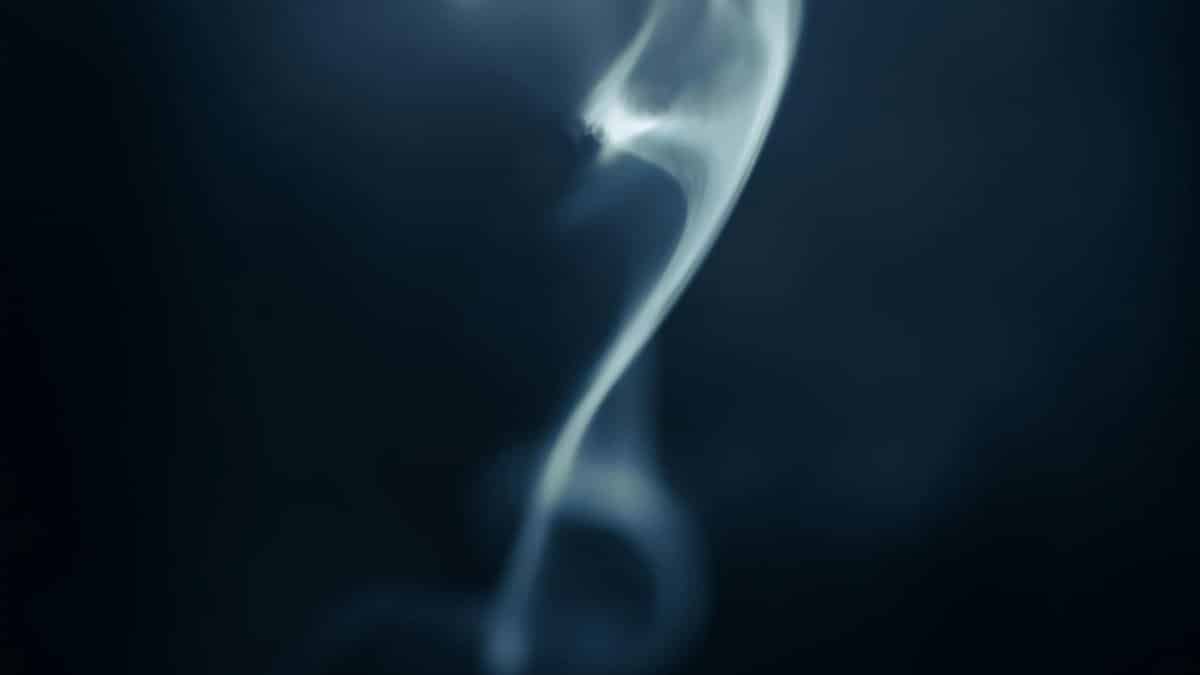
Ultimately, recognizing comparison’s unreality is step one; healing mindfulness provides the path forward. By fostering self-awareness, it empowers individuals to live authentically. With societal pressures mounting, this practice offers a timely reset. As more embrace it, the cultural shift could redefine success, prioritizing inner fulfillment over filtered facades.
